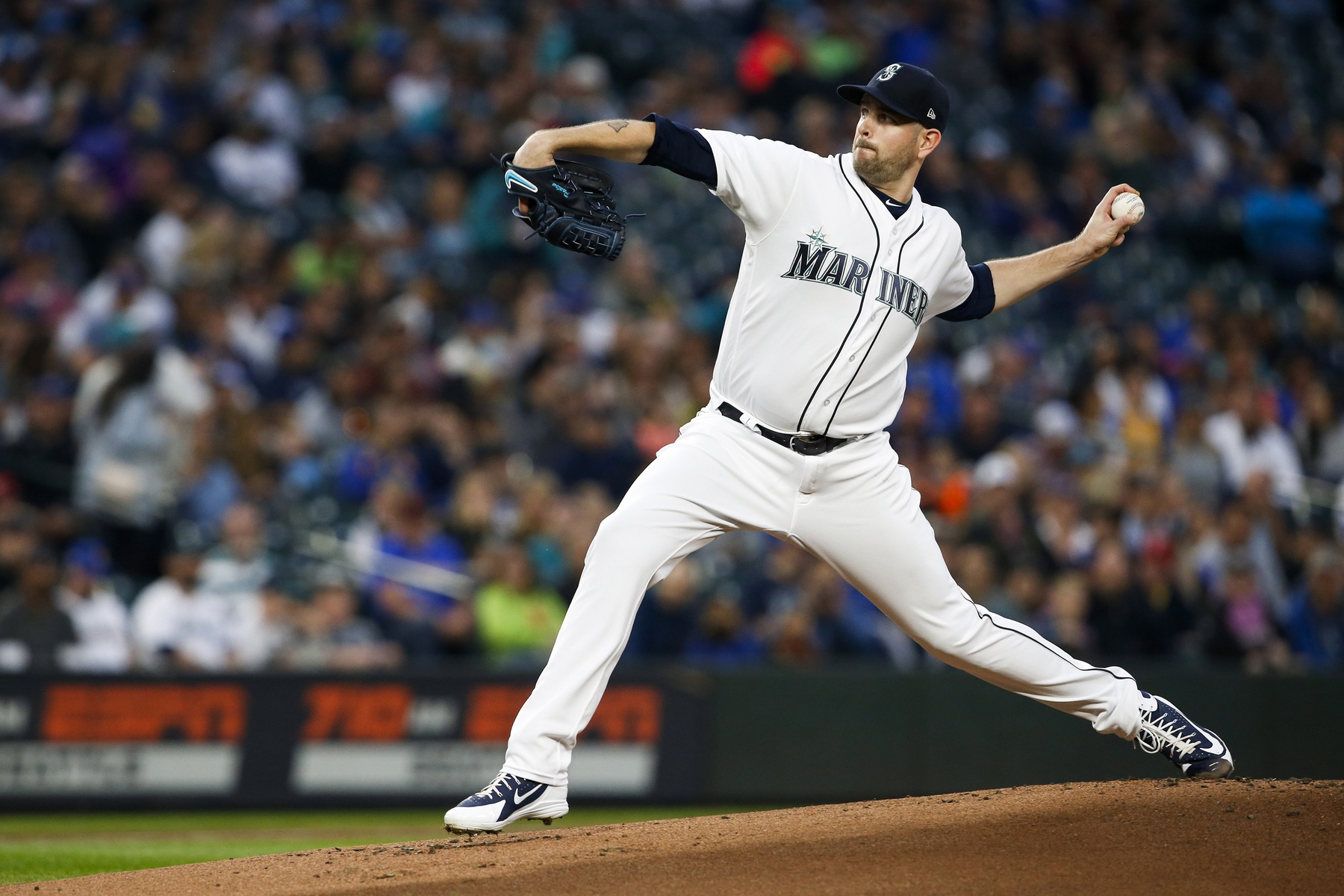Prior to this season, there was only one significant flaw for the newest Yankee James Paxton: health. His entire career has been marred by injuries, although the Yankees have indicated that his medicals don’t raise any red flags. Nonetheless, that concern will linger into 2019, though it won’t be the only thing to worry about when the lefty is on the mound. This year, Paxton had a propensity to allow the long ball for the first time in his career. Even though Paxton does just about everything else right, the home run ball could be one of his pitfalls.
From the start of his career through 2017, Paxton allowed only 0.7 home runs per nine innings. This season, he surrendered 23 homers in 160.1 innings, or 1.3 per nine frames. Pitchers like Masahiro Tanaka and CC Sabathia have had success in the Bronx despite giving up dingers at a similar rate, but they’re also not necessarily frontline starters like Paxton is expected to be.
More fly balls usually means more home runs, and that’s precisely what occurred to Paxton this season. Historically, Paxton has generated tons of grounders when he wasn’t striking out batters. In 2018, he gave up more fly balls than grounders for the first time in his career, and subsequently, more homers than ever.
| GB% | FB% | HR/FB% | |
| 2016 | 48.1% | 30.1% | 8.2% |
| 2017 | 44.9% | 32.7% | 7.8% |
| 2018 | 39.6% | 41.1% | 14.4% |
It’s not totally clear why Paxton’s batted ball profile changed. His pitch location is basically the same (2018, 2017, 2016). Maybe, just maybe, one could argue that he’s elevating his pitches a tad more, but really, he basically challenges opponents to hit his fastball. Those linked heatmaps are pretty much all dark red over the middle of the plate. In terms of pitch selection, Paxton hasn’t wavered either. He predominantly relies on his fastball and cutter with a few curveballs mixed in. Certainly, the league’s hitting environment has changed, but why didn’t that affect Paxton when the fly ball revolution began in earnest in 2017?
If Paxton is truly a fly ball pitcher going forward, he’s going to continue to allow home runs, especially in Yankee Stadium and the AL East. On the bright side, maybe Paxton’s home run to fly ball rate is due for some regression. The 14.4 percent mark is comfortably above league average and way out of line with Big Maple’s career norms. If Paxton was league average (12.7 percent), he’d have allowed 20 homers in 160.1 innings, or 1.1 per nine innings. At ten percent, which is a little closer to his recent marks but not quite as good, he’d have given up 16 long balls, or 0.9 per nine innings.
Aside from some home run rate regression, DRA gives Paxton another vote of confidence. Despite 2017 being better from a results standpoint (i.e. ERA), the southpaw’s DRA that year was virtually the same as this season. He had a 2.63 DRA in 2017 and followed it up with a 2.67 mark this year. It’s quite a bit easier to rely on those marks than upon me pontificating about Paxton’s home run to fly ball rate!
There’s no debating that Paxton will be a good pitcher for the Yankees next season. The real question is: how good will he be? Aside from health, home runs allowed will likely tell the tale of Paxton’s career in pinstripes. If he essentially repeats this season, he’ll be a very good mid-rotation starter. If he regresses a bit or lives up to his DRA, he’s unequivocally an ace.
Batted ball rates from Fangraphs. Pitch heatmaps from Baseball Savant.
